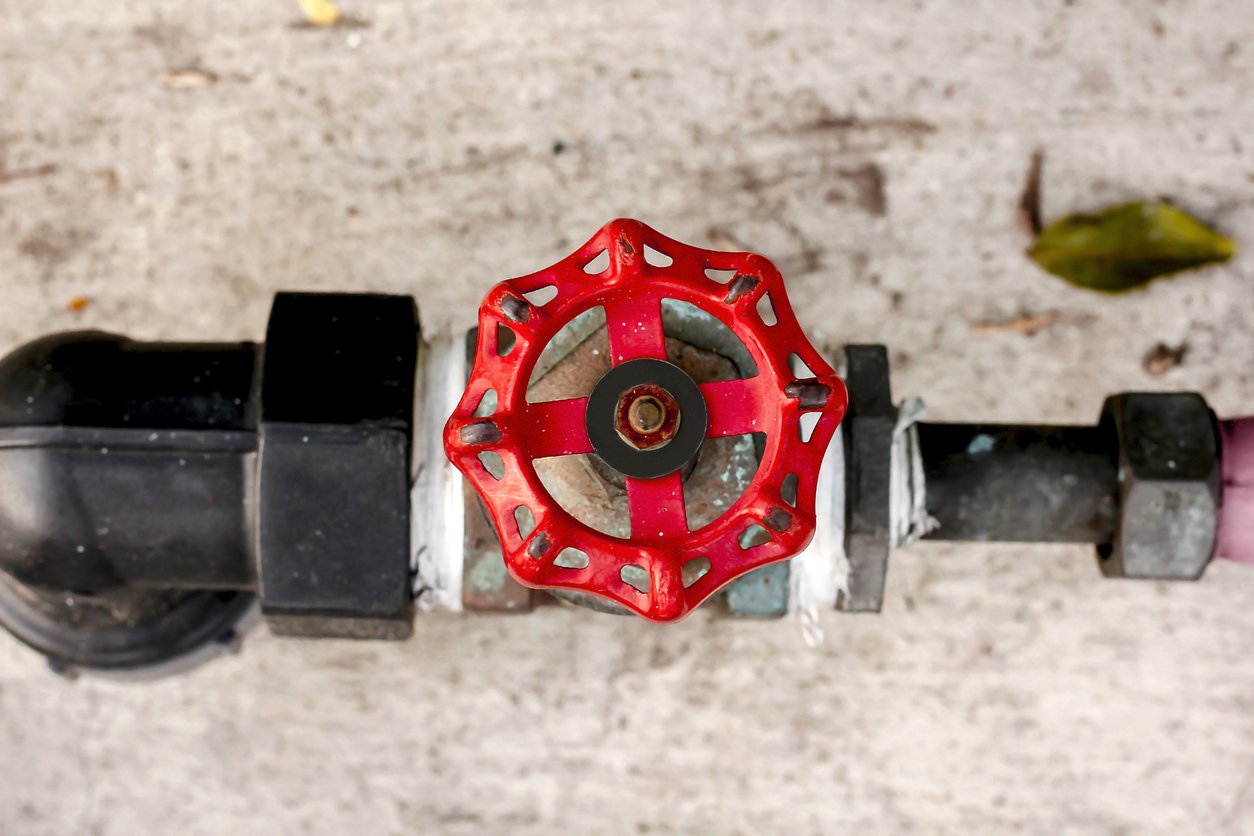Your Basement is Flooding from a Burst Pipe: What Do You Do?
A flooded basement is a homeowner's nightmare, especially when it’s due to a burst pipe. Whether it’s a slow leak or a sudden gush of water, the damage can be extensive and costly if not addressed quickly. In this guide, we'll walk you through the immediate steps you should take when you discover your basement is flooding from a burst pipe.
Ensure Safety First
Before anything else, your safety and that of your household is the top priority. Water and electricity are a dangerous combination, so the first step is to turn off the power to the basement. If you can safely access the breaker box without wading through water, do so. If there’s any doubt, turn off the main breaker to the entire house to eliminate the risk of electric shock.
Shut Off the Water Supply
After ensuring that the power is off, the next crucial step is to stop the flow of water. Locate your home’s main water shut-off valve and turn it off. This will prevent more water from entering your basement. If you’re unsure where the shut-off valve is located, it's typically found in the basement, near the water meter, or where the main water line enters your home.
Call a Professional Plumber
Once the immediate dangers are under control, it's time to contact a professional plumber. A burst pipe is not a DIY repair job. A licensed plumber will be able to quickly assess the situation, identify the cause of the burst, and repair the damage. They can also help you determine if other pipes in your home are at risk.
Document the Damage
As you wait for the plumber to arrive, take the time to document the damage. Use your smartphone to take photos and videos of the affected areas. This documentation will be crucial when filing a claim with your insurance company.
Begin Water Removal and Drying
Standing water in your basement can lead to mold growth and structural damage if not addressed quickly. Once the plumber has repaired the burst pipe, you’ll need to start removing the water. If the flooding is minor, you may be able to use a wet/dry vacuum or a sump pump. However, for significant flooding, it's best to call a water damage restoration company.
Check for Potential Leaks
While addressing the burst pipe, it’s also important to check for potential leaks. Leaks can sometimes go unnoticed until they become serious problems. A professional can test the pipes for leaks and ensure there are no other vulnerabilities in your plumbing system.
File an Insurance Claim
If you have homeowners’ insurance, you’ll want to file a claim for the damage. Contact your insurance company as soon as possible, and provide them with the documentation you collected. An adjuster will likely need to inspect the damage before your claim is processed. The insurance company may have a preferred venders list that you can look at for recommendations.
Assess and Repair the Damage
Once the area is dry, you can assess the full extent of the damage. This may include repairing or replacing damaged drywall, flooring, and insulation. It's also a good idea to inspect your basement for signs of mold or mildew and address these issues promptly to avoid further health risks.
Take Preventative Measures
Finally, to prevent future basement floods, consider taking some preventative measures. Insulate your pipes to prevent them from freezing, especially during winter. You might also consider installing a sump pump, a backup generator, or a water alarm system that alerts you to potential leaks.
Getting Your Basement Back to Normal After a Burst Pipe
Dealing with a flooded basement due to a burst pipe can be stressful, but taking immediate action can minimize the damage and make the repair process smoother. Remember to prioritize safety, stop the water flow, and contact professionals to help restore your home. With the right steps, you can get your basement dry and your home back to normal in no time.

